Hello, I hope you're well! I would like to share with you in this post my recent visit that I made with my close friend to the archaeological site Chellah in the Moroccan capital Rabat!

Situated on the left bank of the Bouregreg river, Chellah is a historic site, occupied since Antiquity. In the 14th century, the Marinids who ruled Morocco at the time erected a walled necropolis, adding a new historical layer to the site. This site, surrounded by an imposing wall stretching for a kilometre, contains an ancient city and a Merinid necropolis, all covering an area of 7 hectares.
Chellah was listed as a historic monument in 1920 and became a UNESCO World Heritage Site in 2012. As a history buff and nature lover, I was amazed by the beauty of this thousand-year-old site. The storks that nest all over the ruins, the lush gardens, the architectural remains and the peaceful atmosphere.... all fascinated me.
Archaeological interest in the site dates back to a period before the Protectorate. The first excavations were carried out in the early 20th century, under the French administration. The first restoration campaign began at the end of the 20th century.
Chellah's main gate was built in 1339, an important example of ancient Moroccan architecture and one of the most significant monuments on the Chellah site.
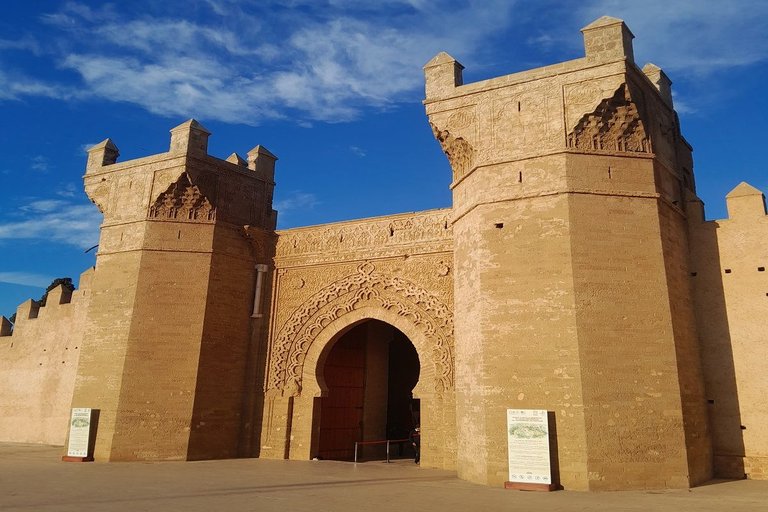
The site illustrates three major periods of occupation over several centuries: the first dates back to the Phoenician and Mauretanian periods, the second to the Roman era and the third to the medieval period, with the creation of a necropolis in the 14th century under the Marinids, when the site became a royal necropolis. In addition to its historical and archaeological interest, the Chellah site also stands out for its natural setting, offering a romantic and picturesque appearance.
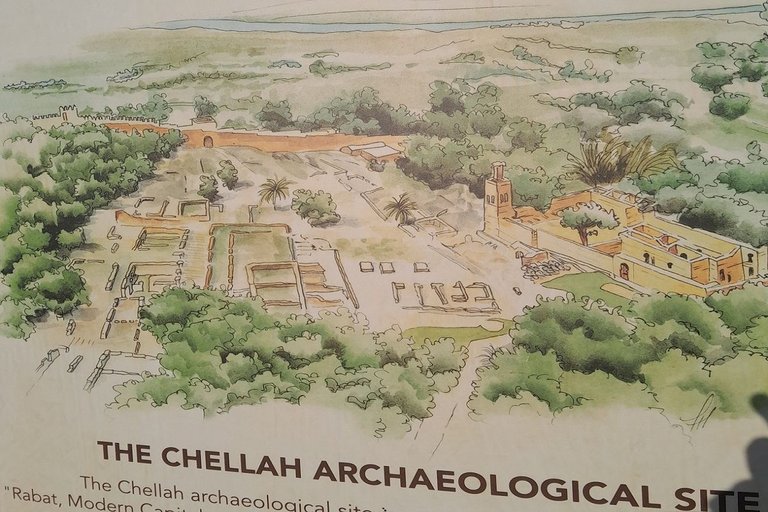
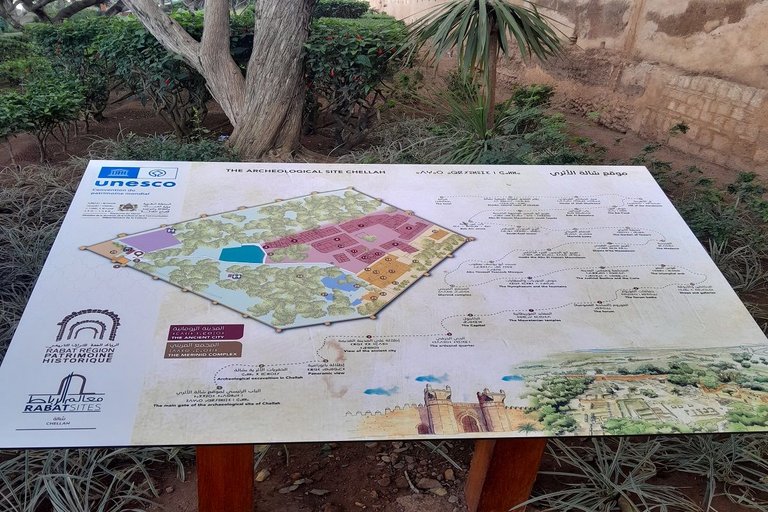
The inn, also known as ‘Nzala’ in Arabic, used to welcome visitors and pilgrims who came to pay homage to the tombs of the various saints of Chellah.
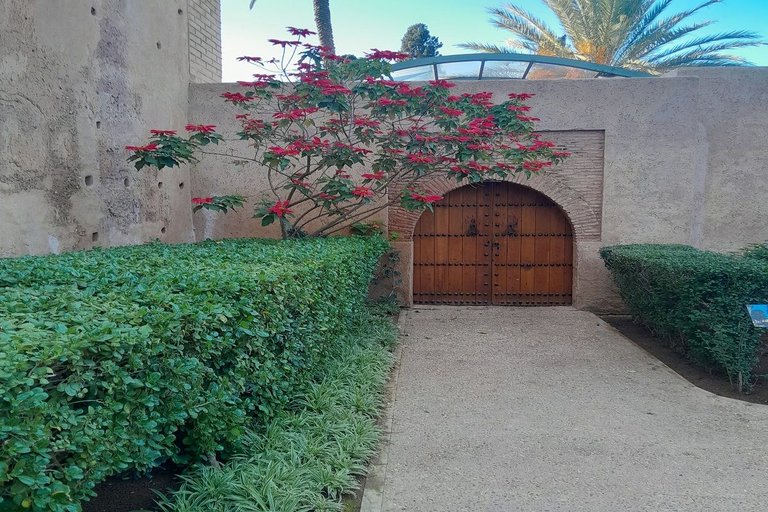
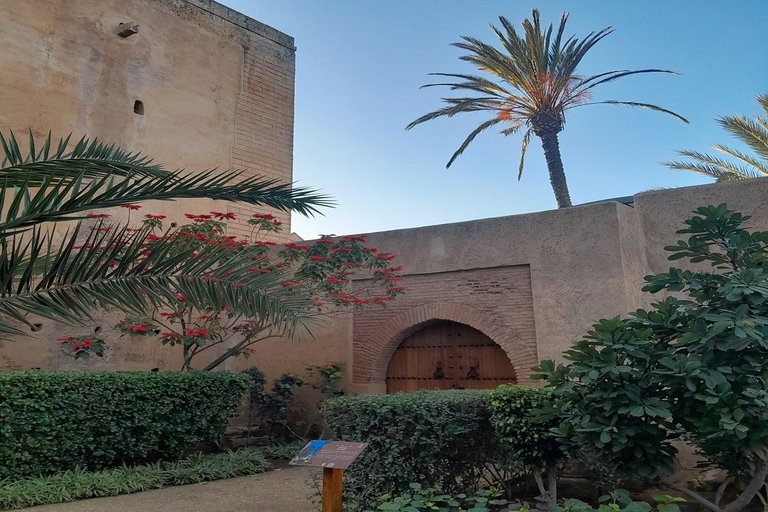
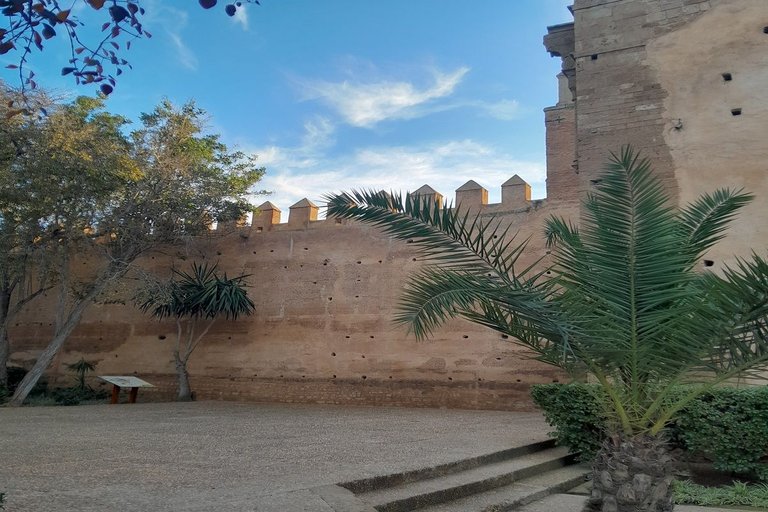
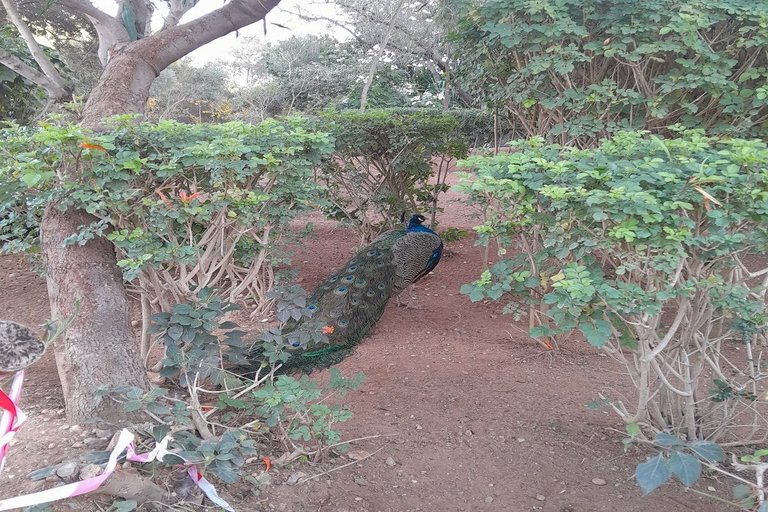

From this point you have a panoramic view of the historic urban landscape of Rabat, the ancient site of the Andalusian medina and the Bouregreg valley. I waited a few moments before being able to take a photo of this panoramic view, as many families prefer to take souvenir photos with the panoramic view! But this is a good opportunity for me to linger a little longer here and enjoy the view!

Then we continued our walk to discover the other corners!
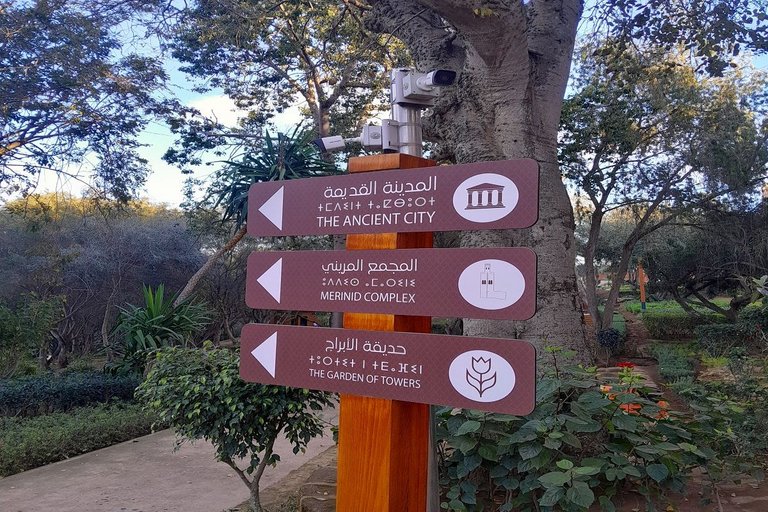
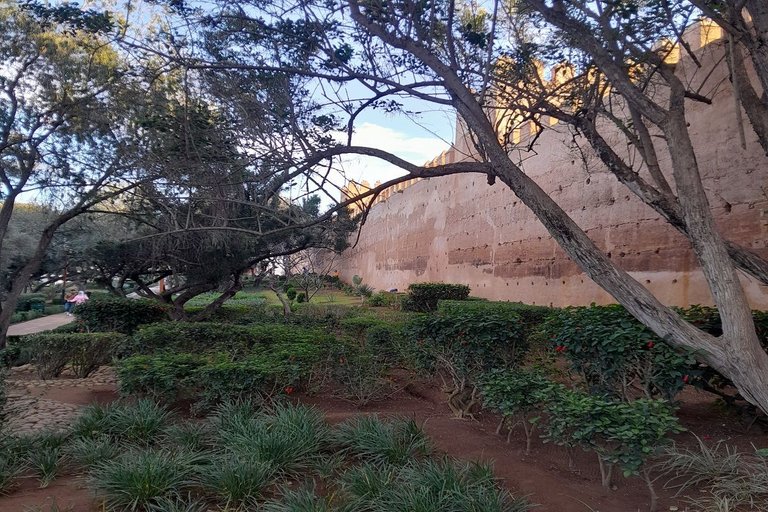
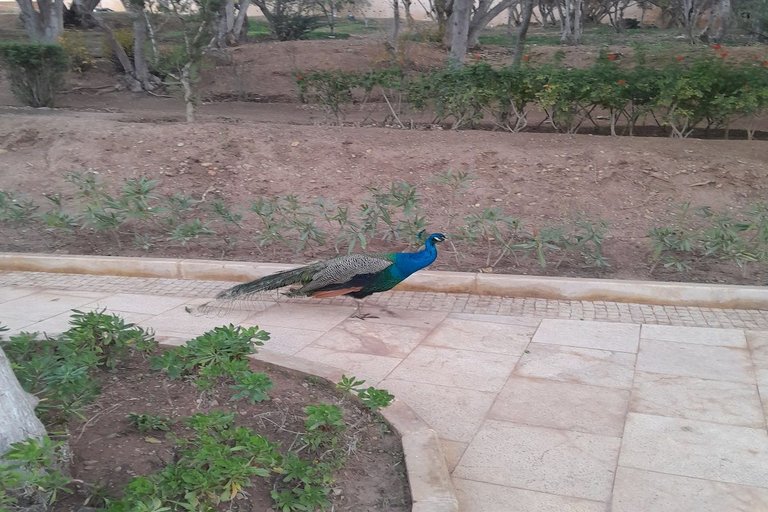
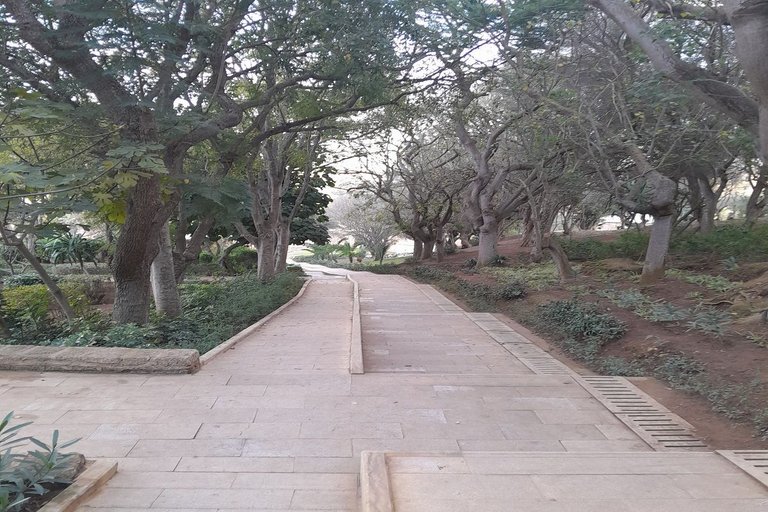
The craft district
The craft district is made up of oil mills, bakeries, shops and areas dedicated to craftsmen and tradesmen.
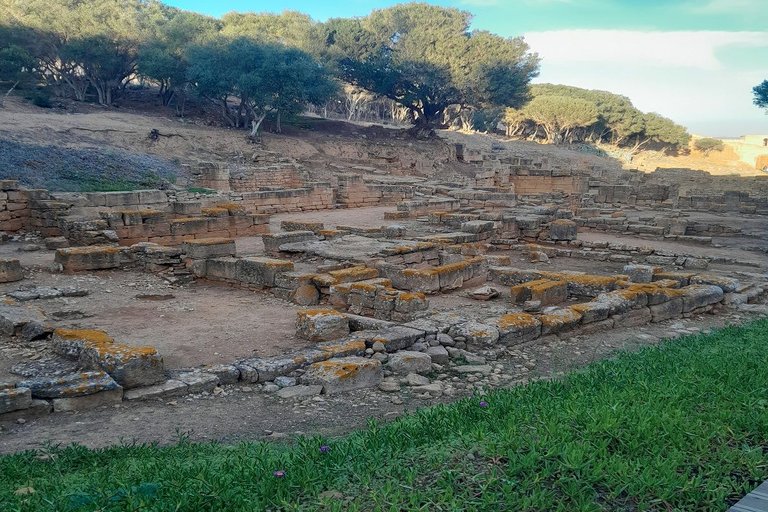
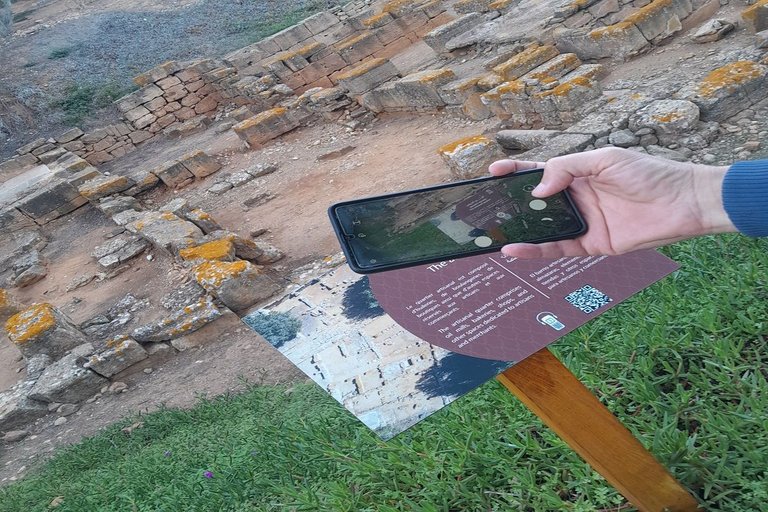
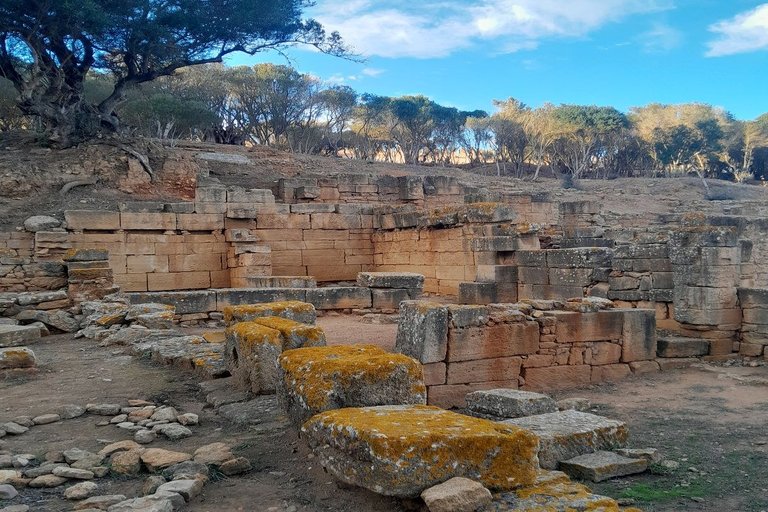
The Capitol
The Capitol is home to the temple of the Capitoline Triad and the imperial cult.
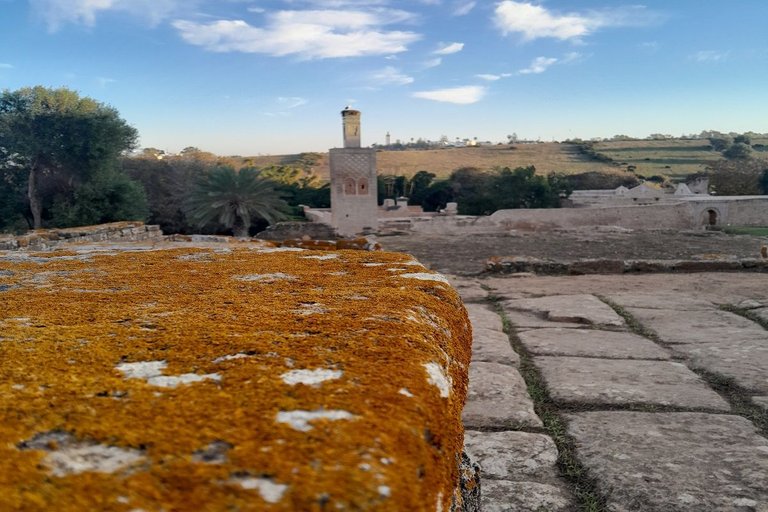
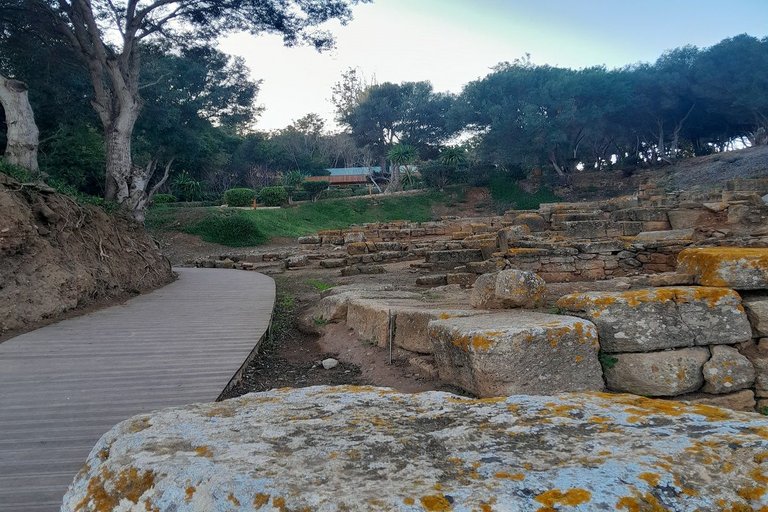
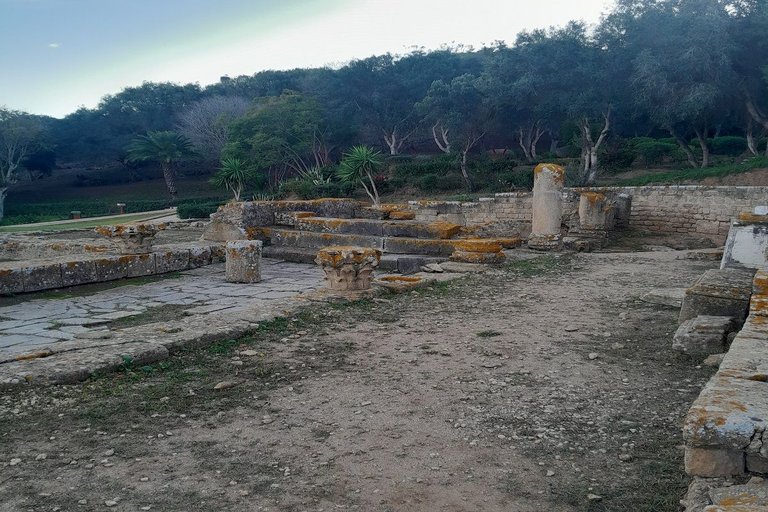
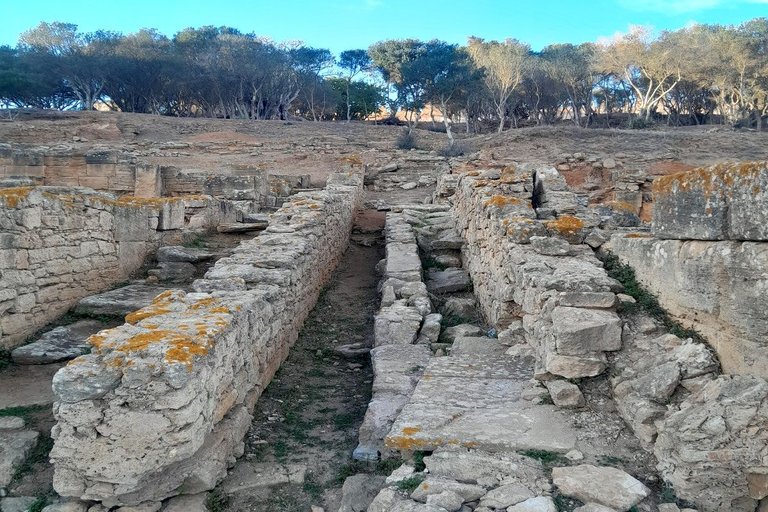
Mauretanian temples
These ruins belong to three Mauretanian temples, the largest of which is divided into five rooms accessible via an entrance called the pronaos. During excavations, two marble statues were discovered here, one of which depicts King Ptolemy.

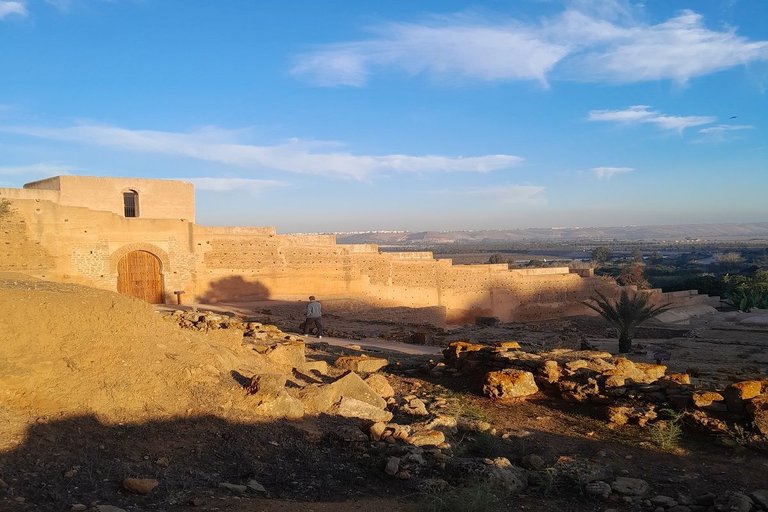
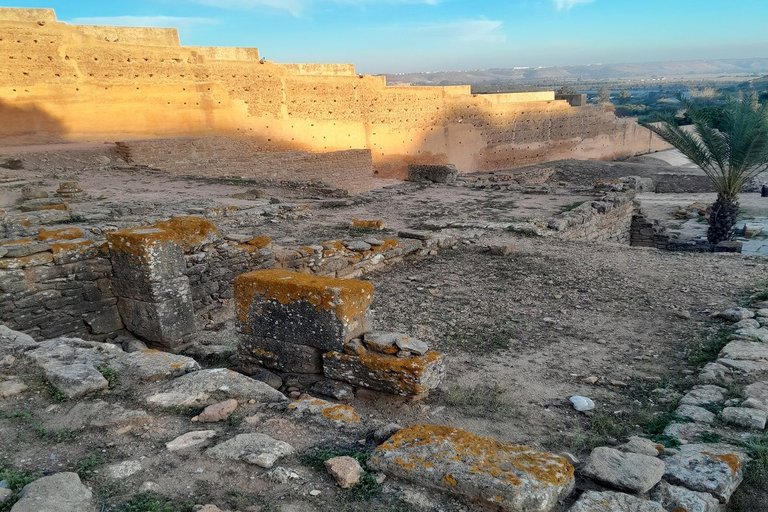
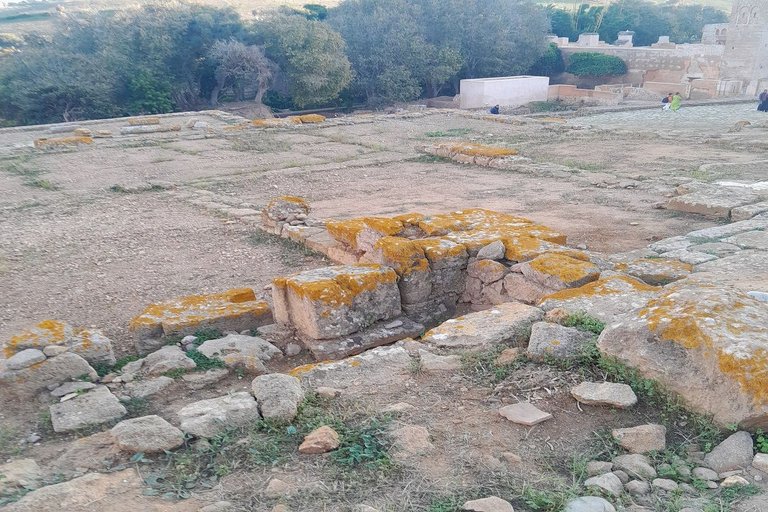
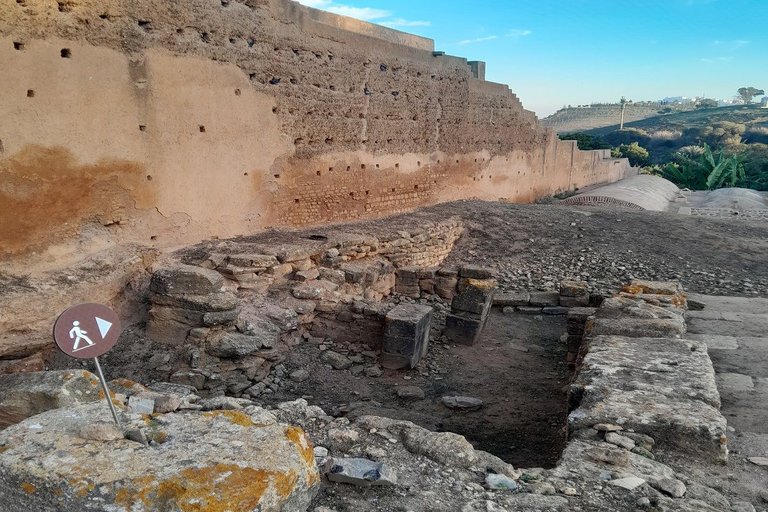
Bab Ain Jenna Gate
Bab Ain Jenna, one of the three historic gates that line the Merinid wall and provide access to the site.

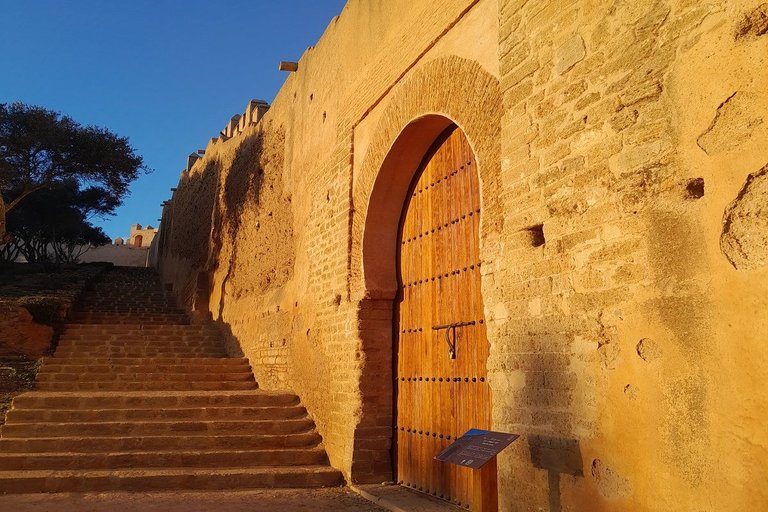
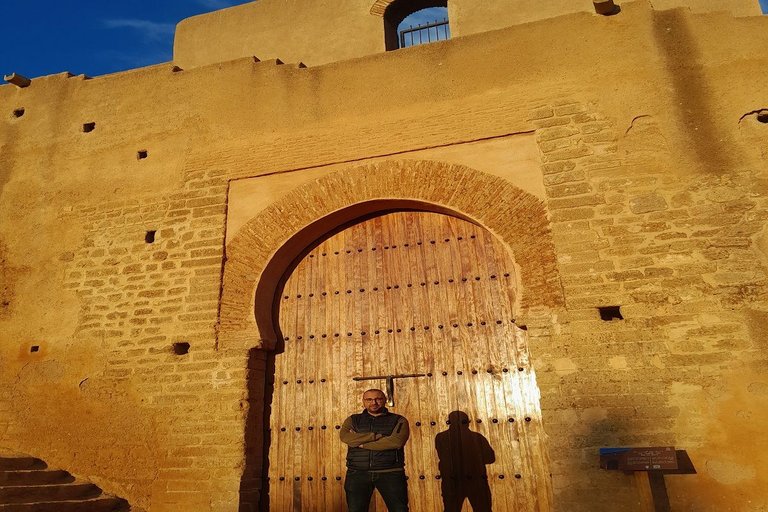
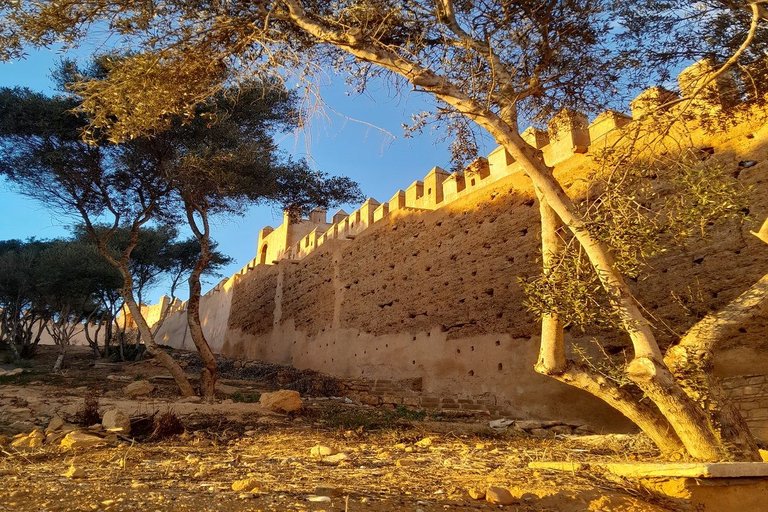
The forum
The forum, the real beating heart of the Roman city of Sala, where the two main roads meet, the Decumanus Maximus and the Cardo Maximus. I find this place fascinating, as it bears witness to the history of this ancient city, where these roads met to shape the organisation of the city.
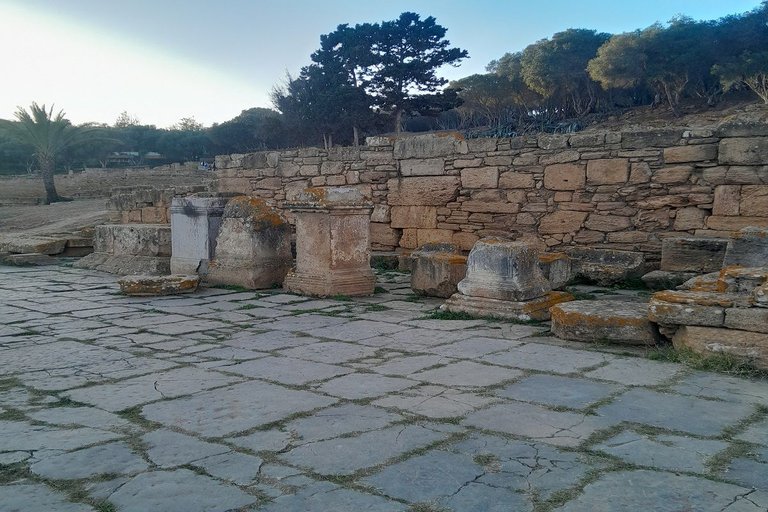
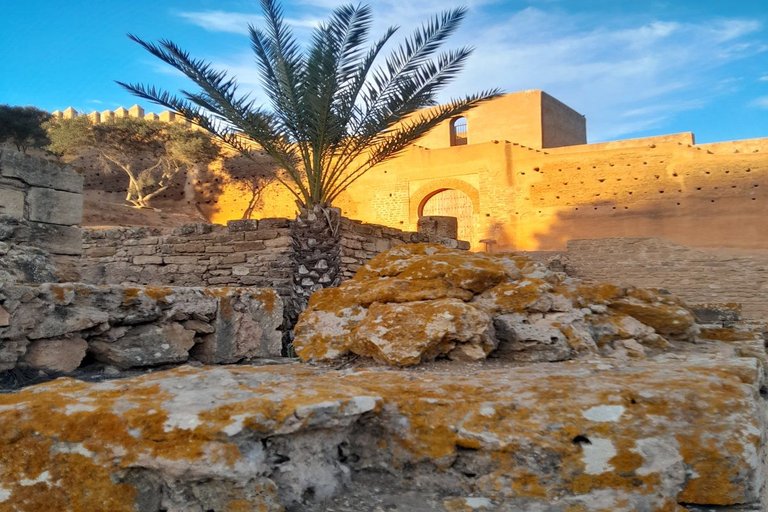
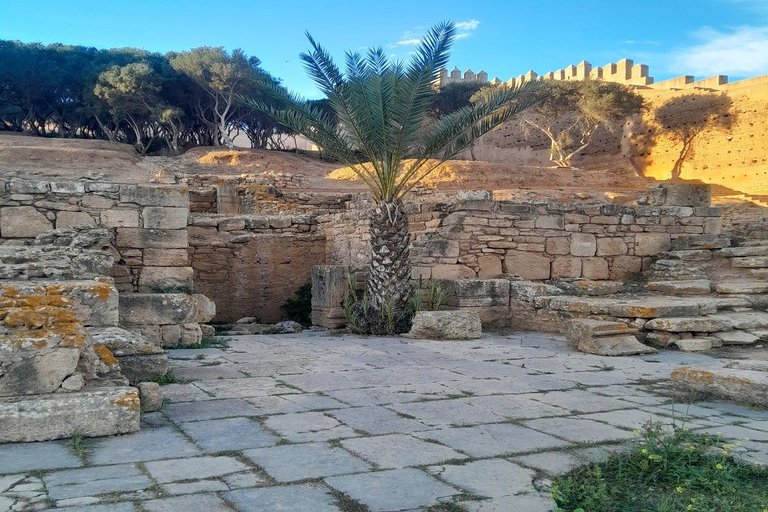
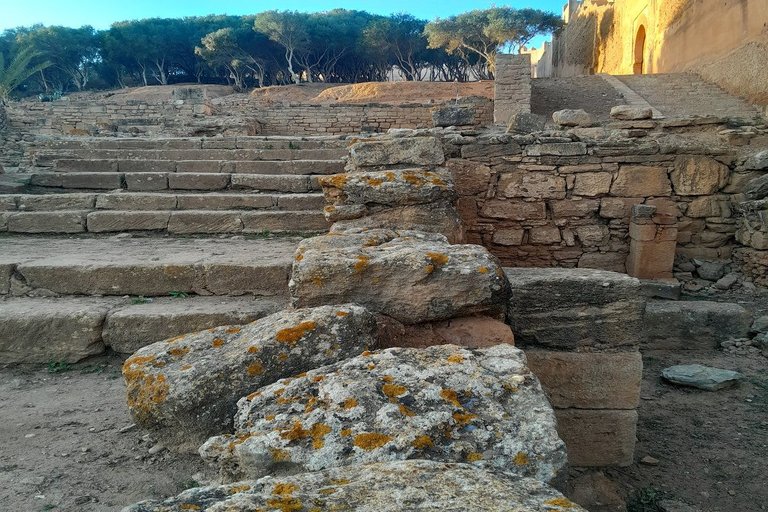
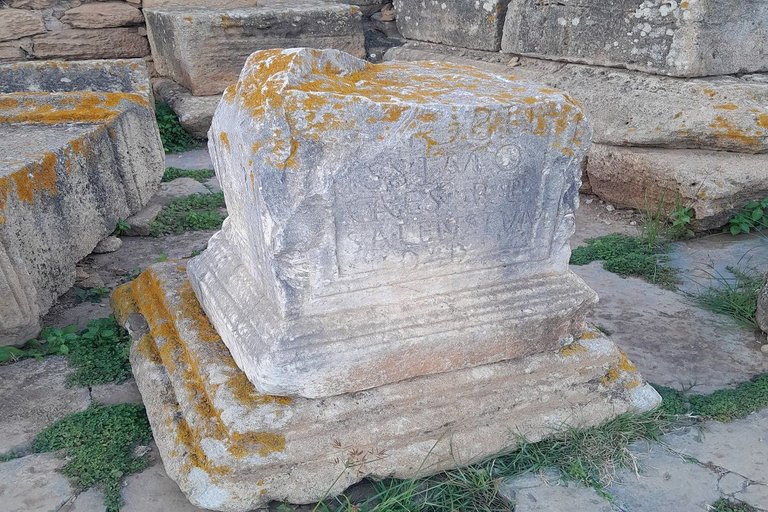
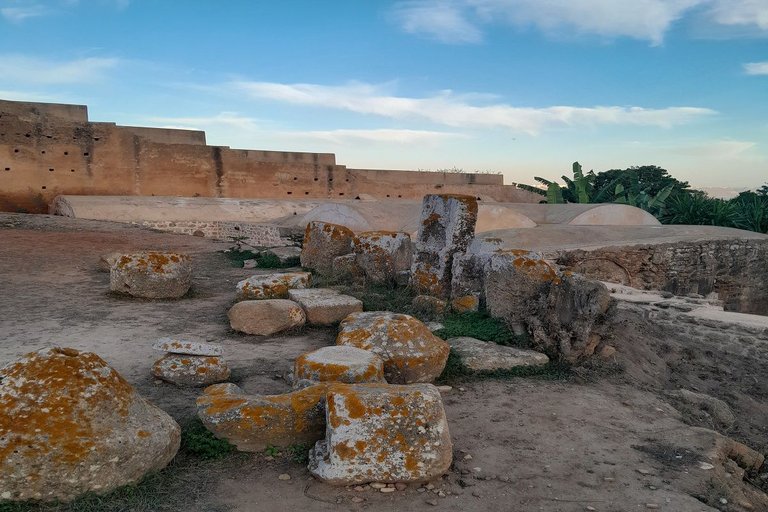
The Merinid baths
Remains of an Arab bath from the Merinid period, one of the oldest historical baths in Morocco, designed according to an ancient plan with a heating, water collection and drainage system.
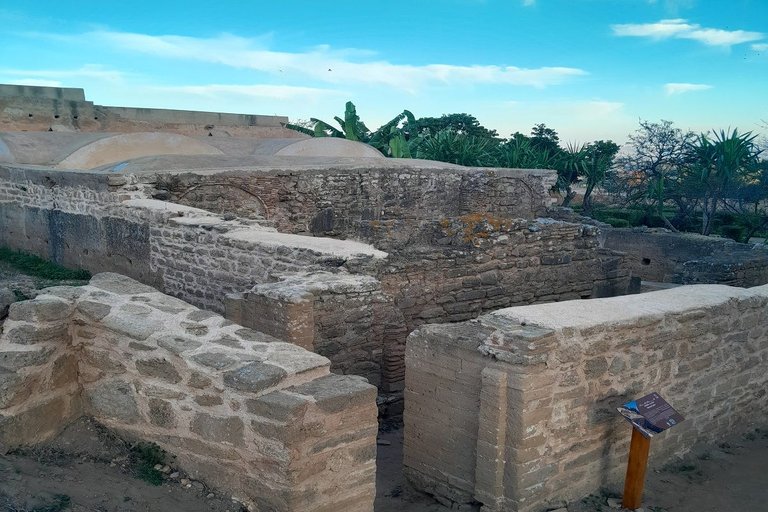
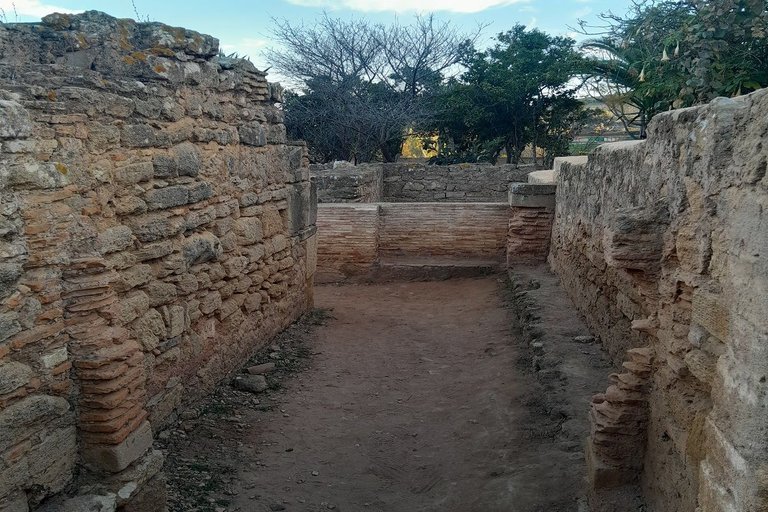
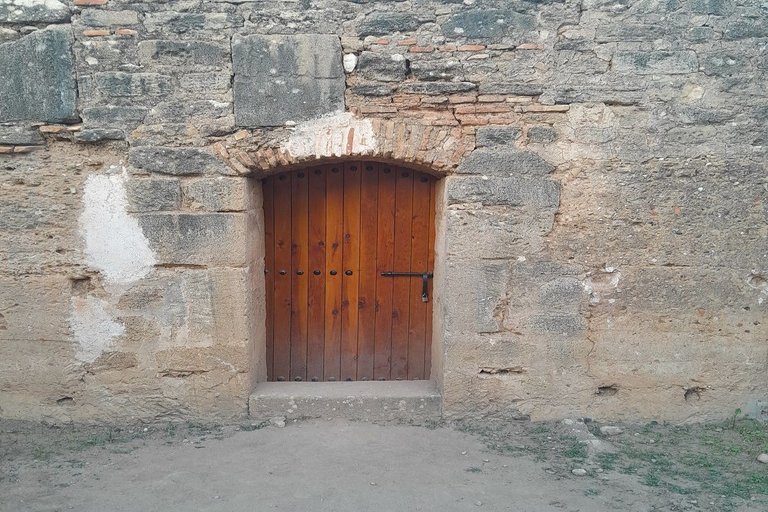
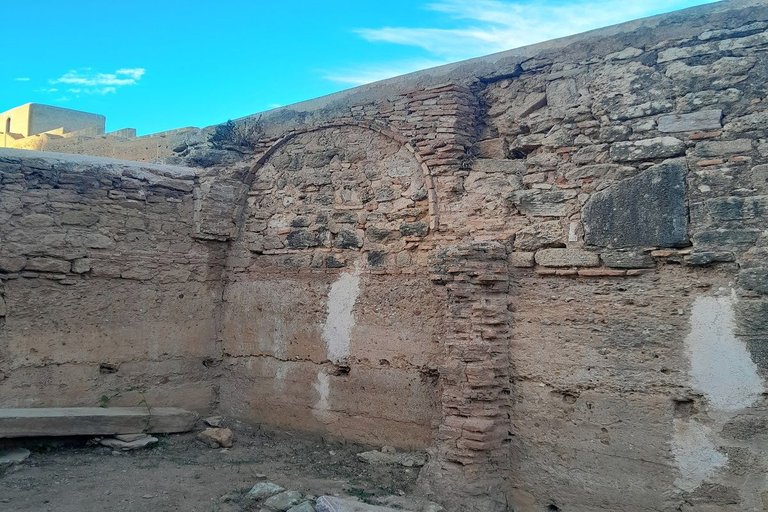
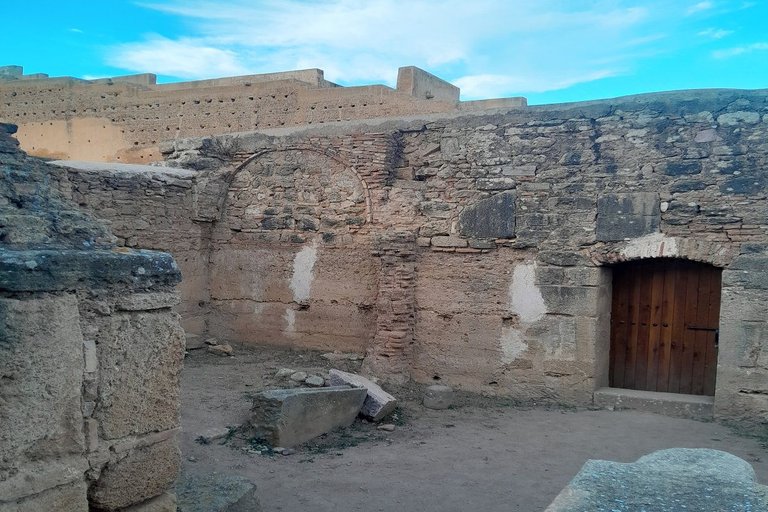
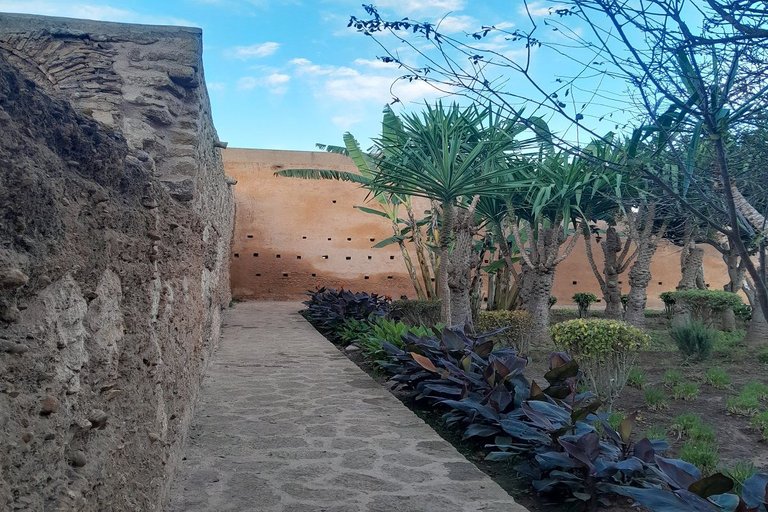
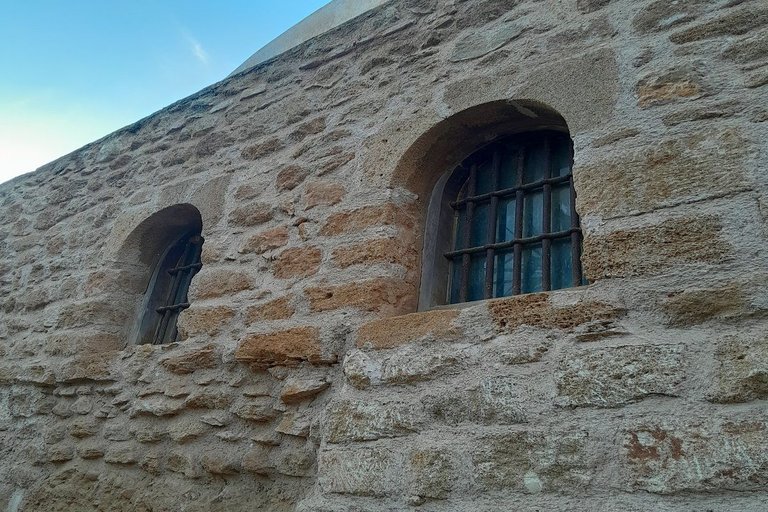
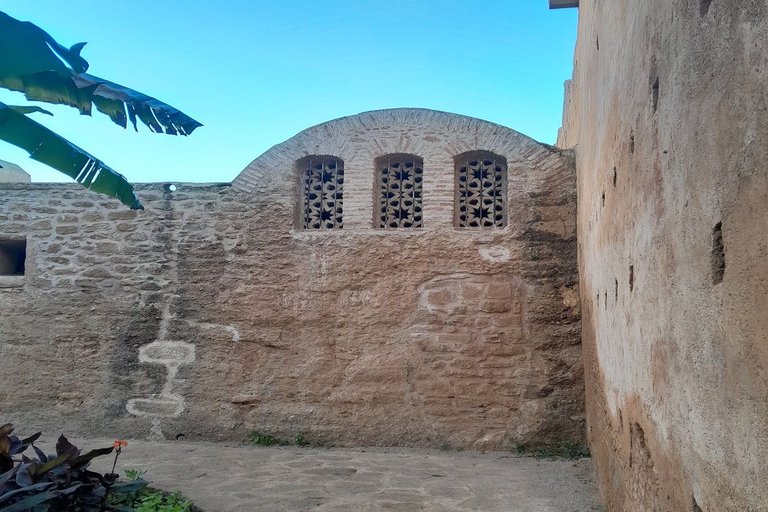
The south-east tower
The tower overlooks the Bouregreg valley. It is one of the twenty-three towers of the Merinid wall.
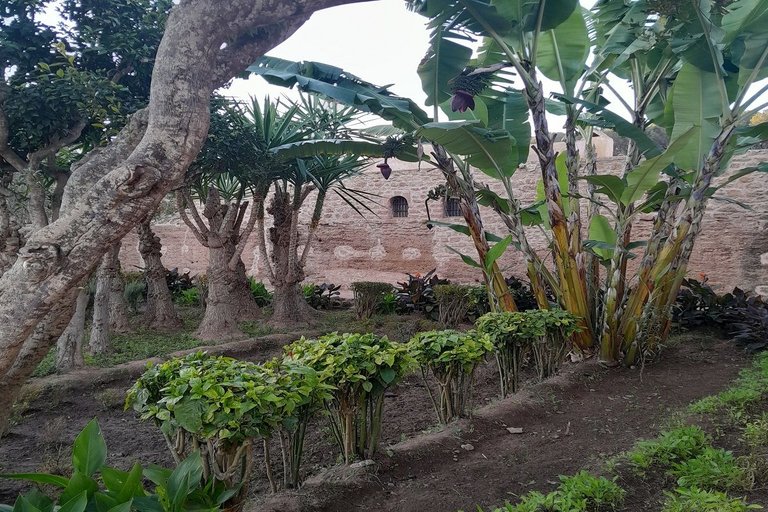
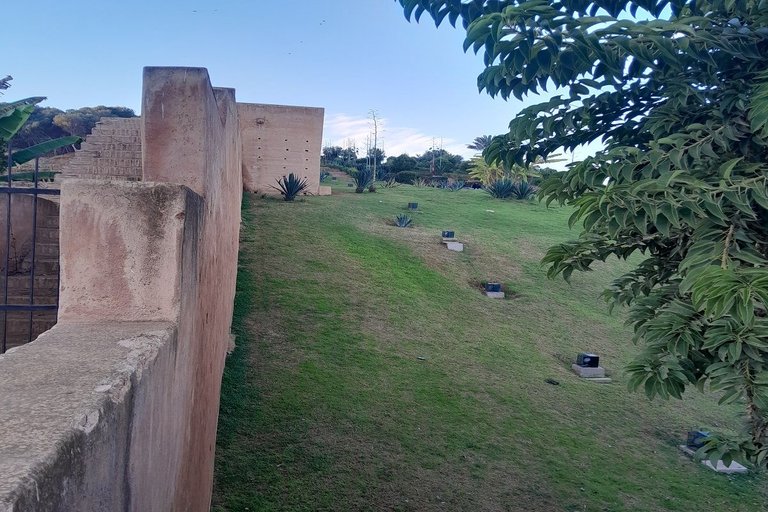
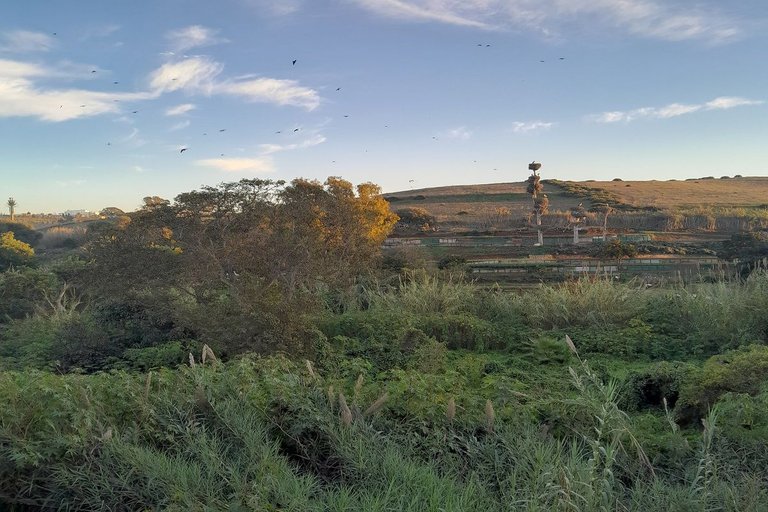
The Abu El Hassan Mausoleum:
As I approach this monument, I can almost feel the presence of those who lie here, historical figures, sultans and members of the Marinid dynasty.
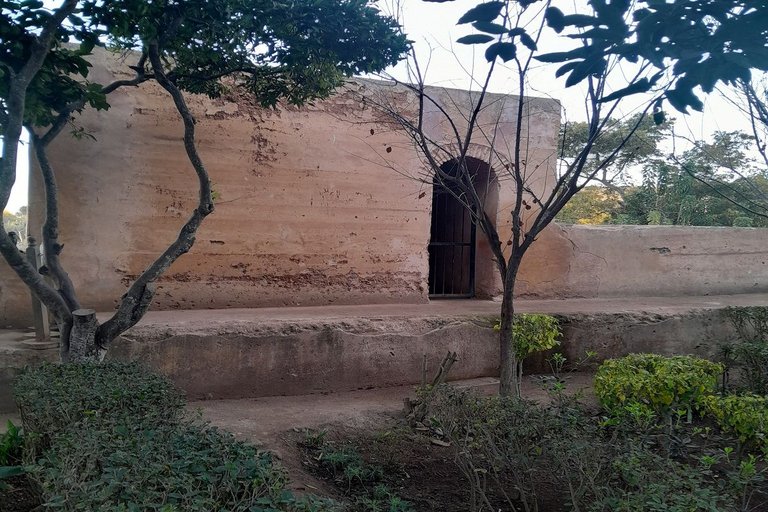
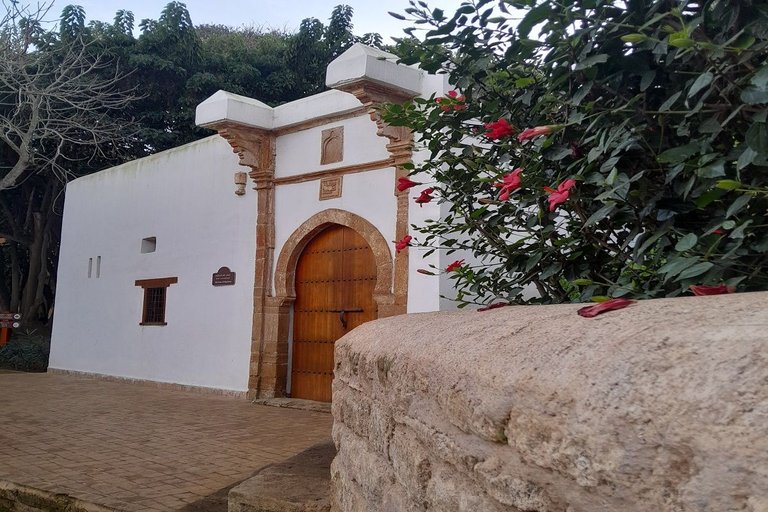
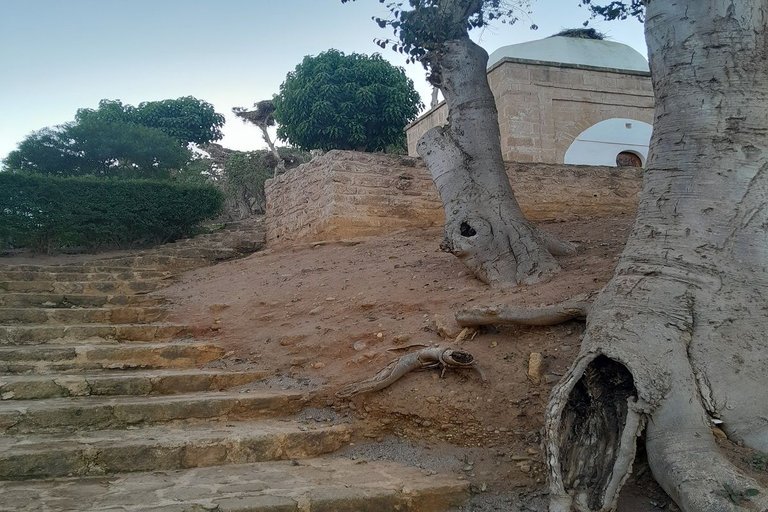
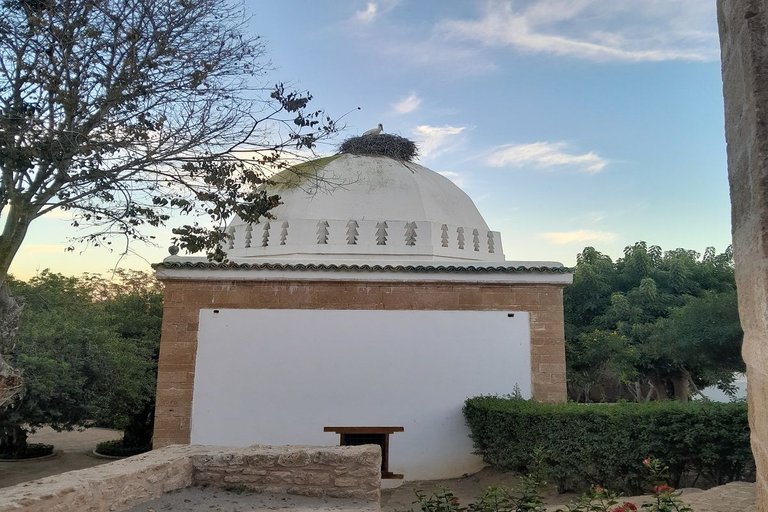
Then, a few steps away, there are the Merinid tombs. These are in an open area, somewhat shaded by the trees that line the site.
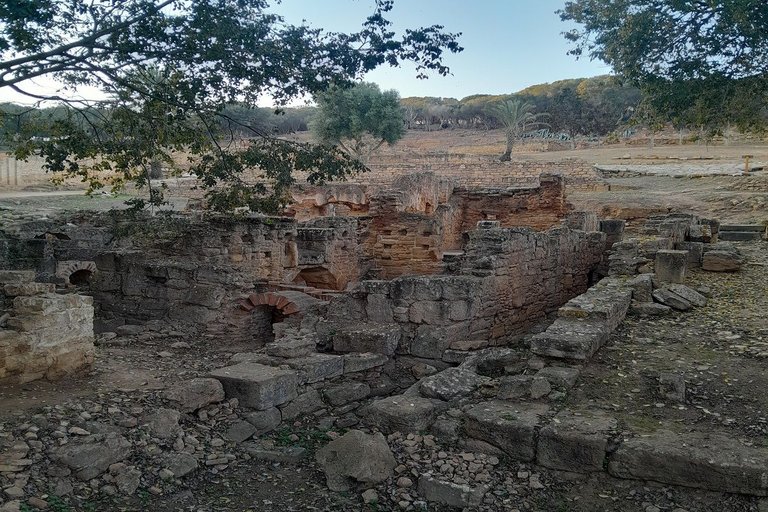
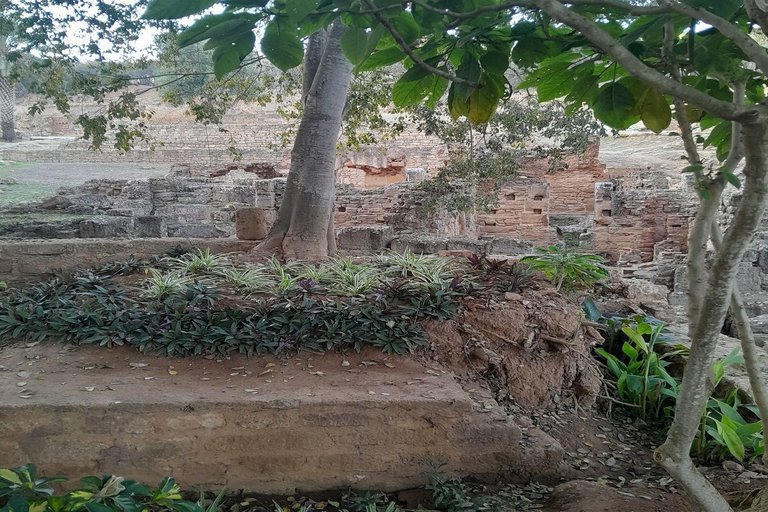
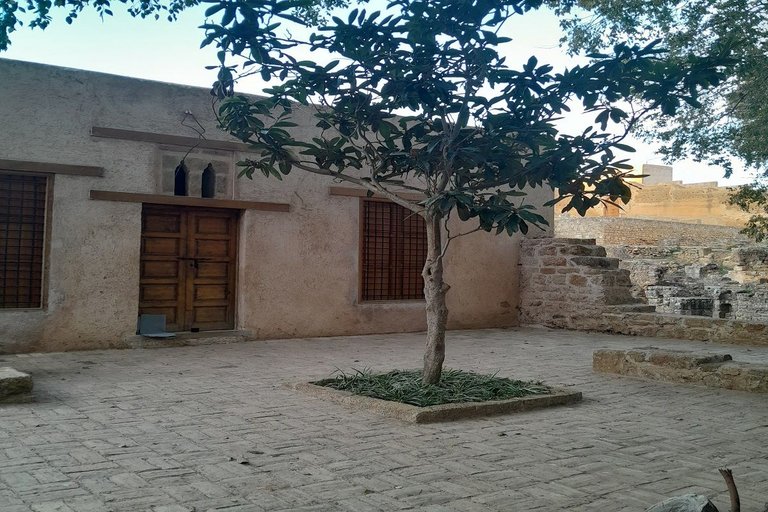
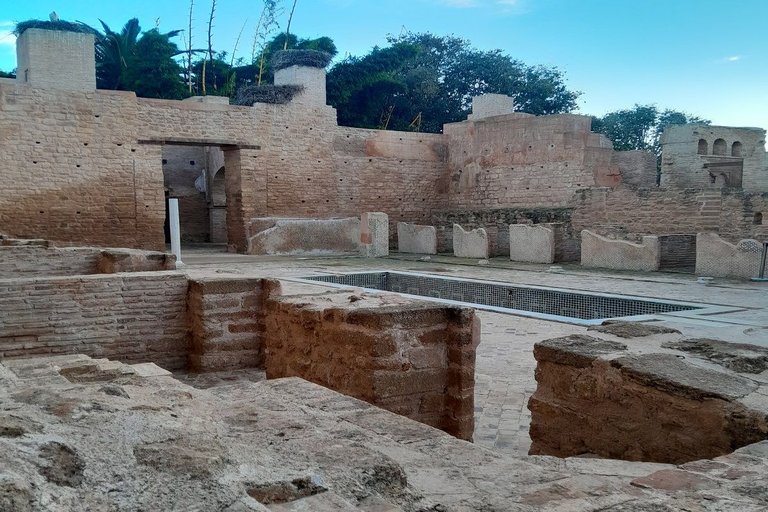
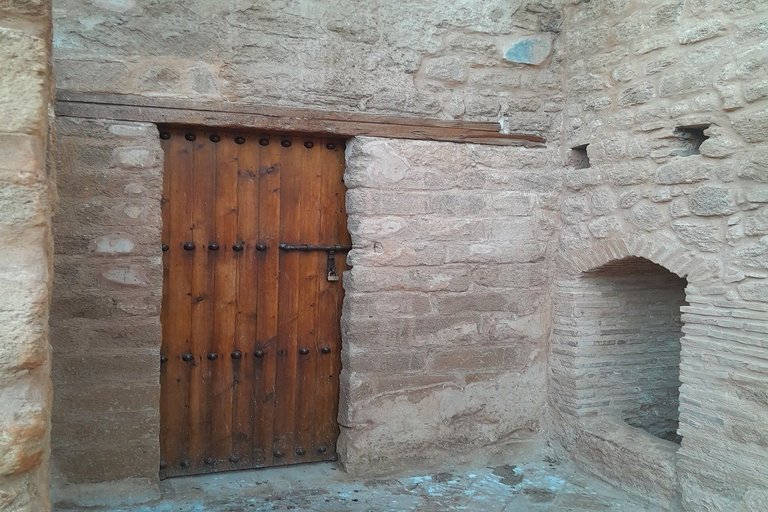
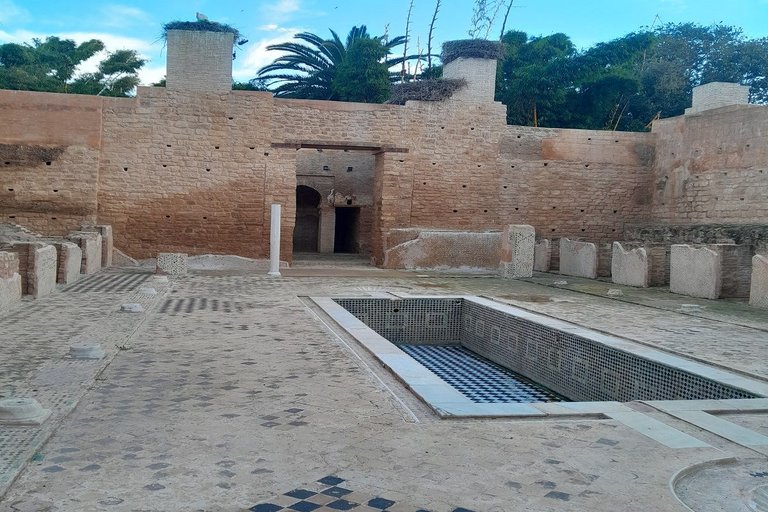
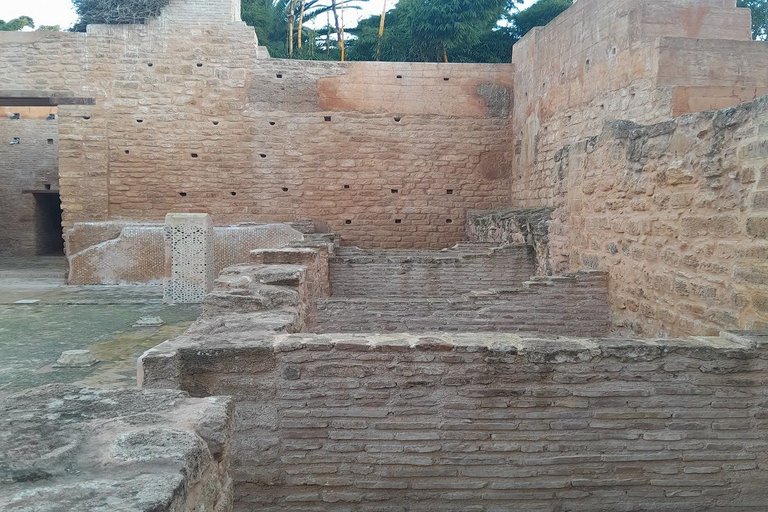
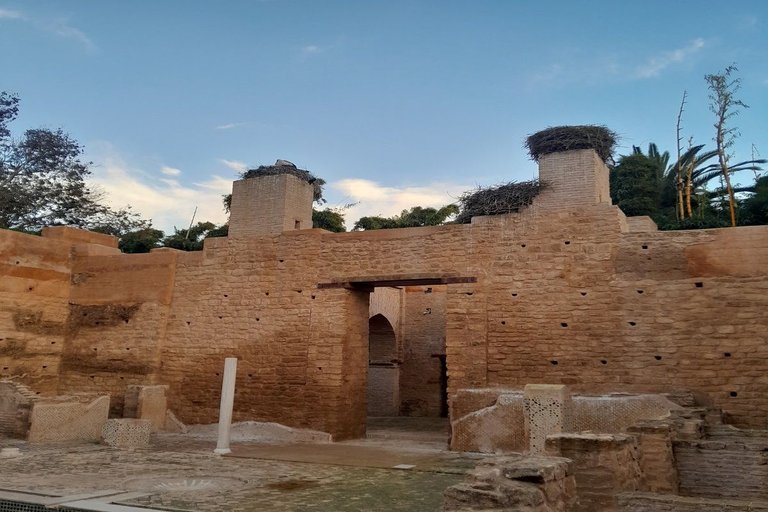

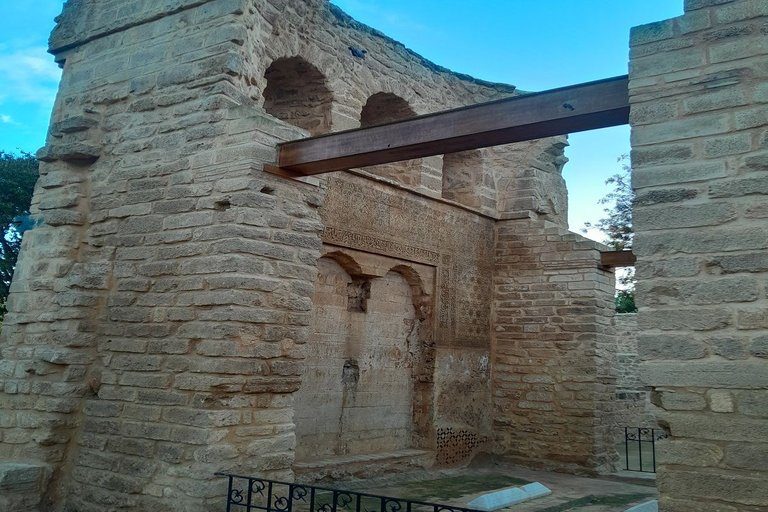
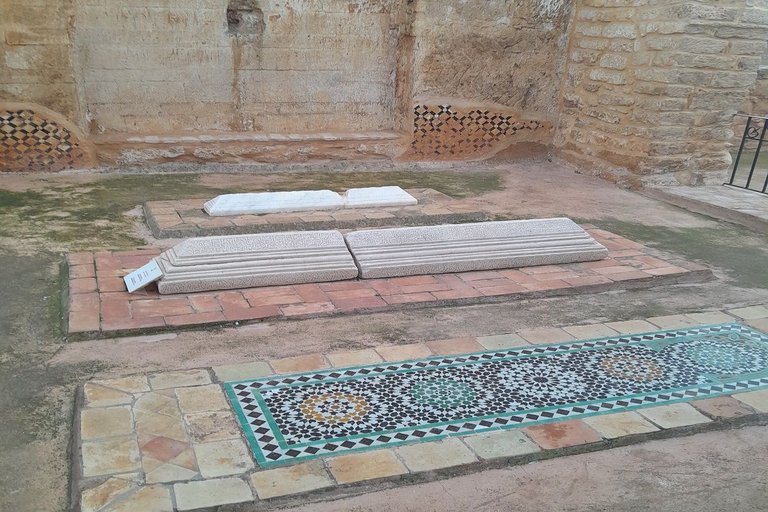
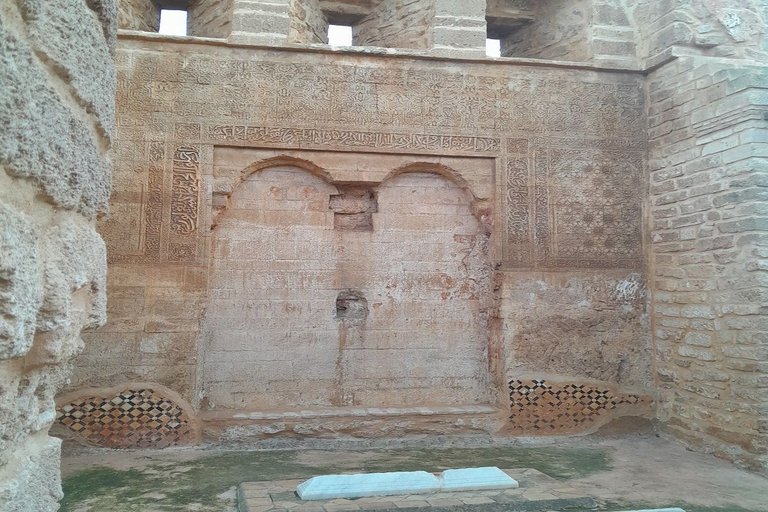
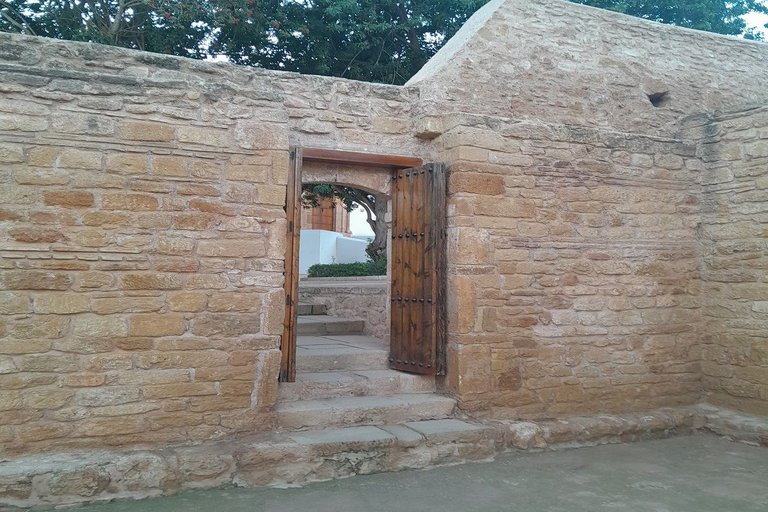
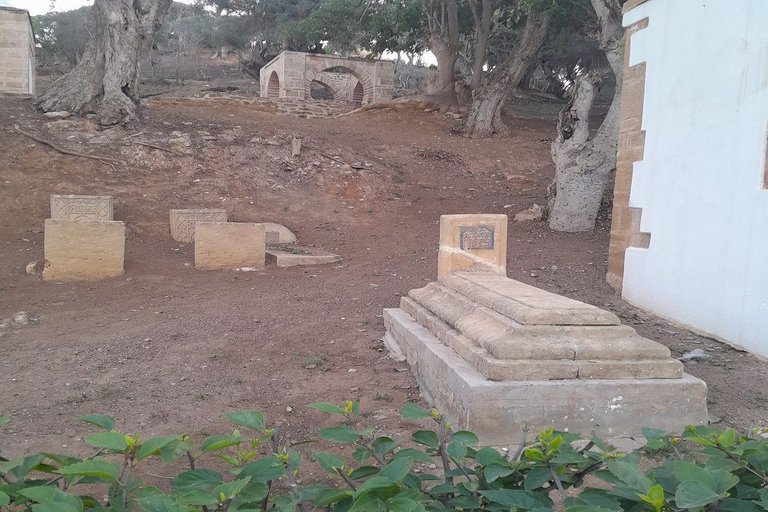
And then there is the mosque, majestic and impressive, standing proudly despite the centuries that have passed.
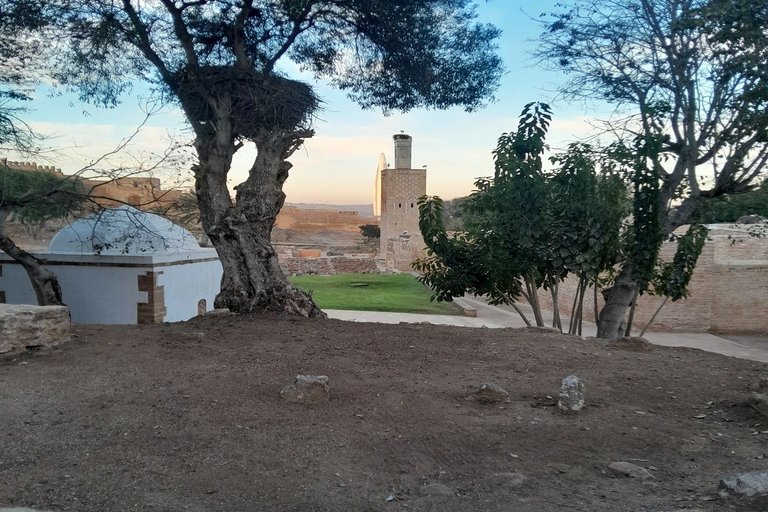
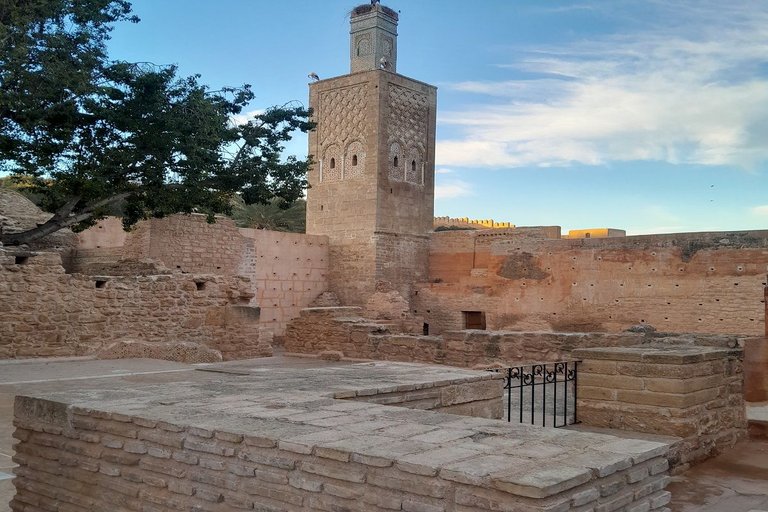
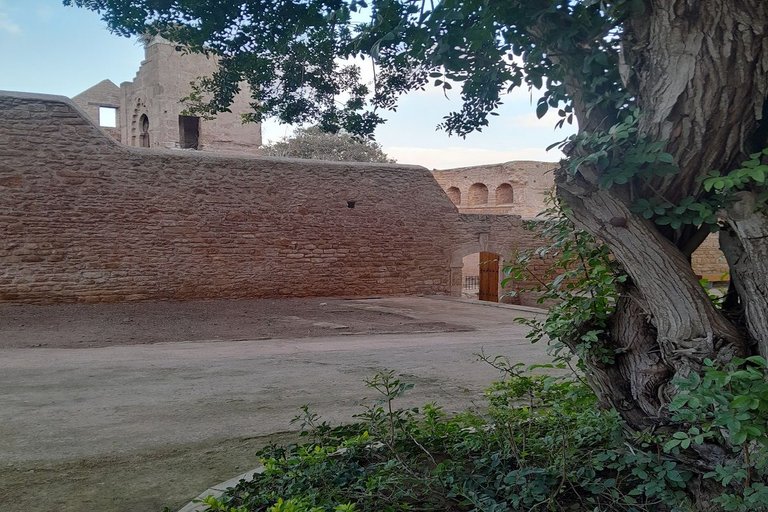
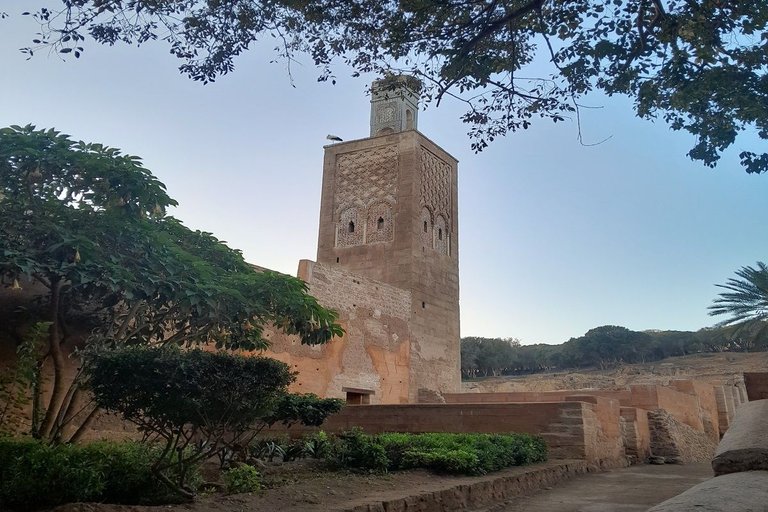

The Bab Al Bassatine gate
The Bab Al Bassatine Gate, located at the bottom of the Eel Basin, is one of the gates that pierce the Marinid wall to access the site.
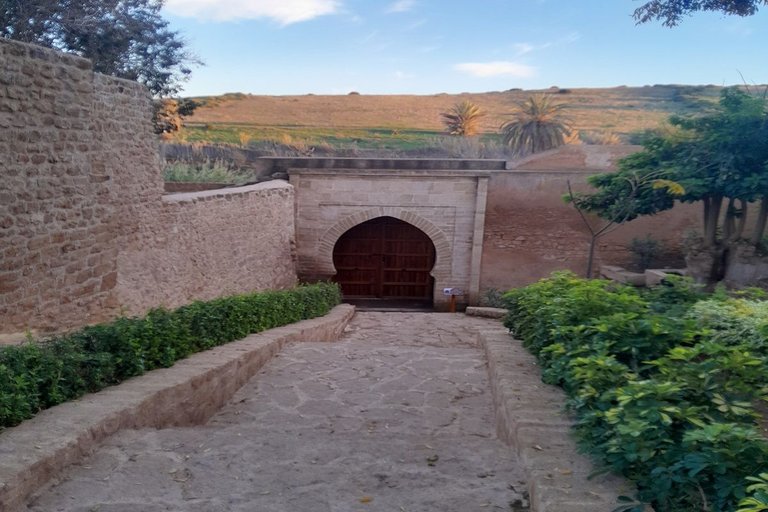
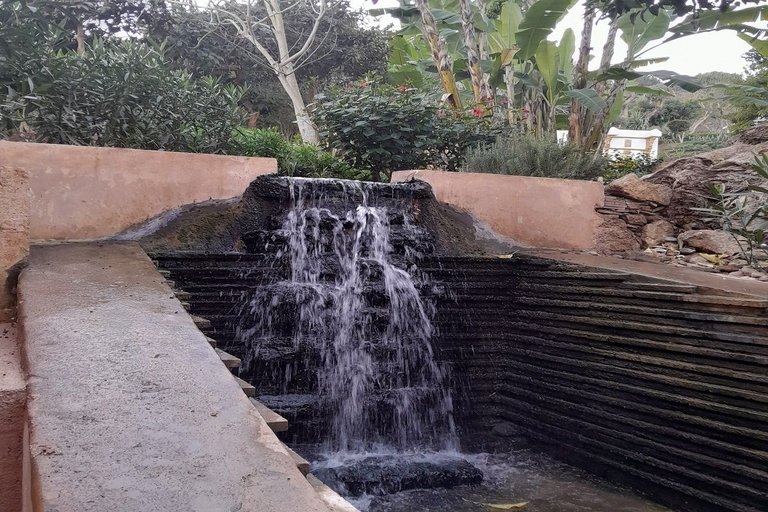
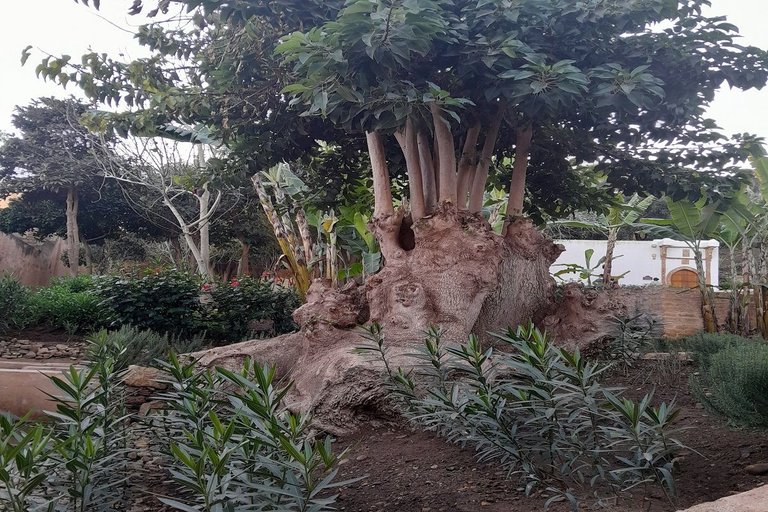
The eel pond
The eel pond, formerly the ablution room of the Abu Yusuf mosque, has been transformed into a pond housing eels and turtles, which had acquired a sacred character in the legends popularised by the ancient Moroccans of the Middle Ages.
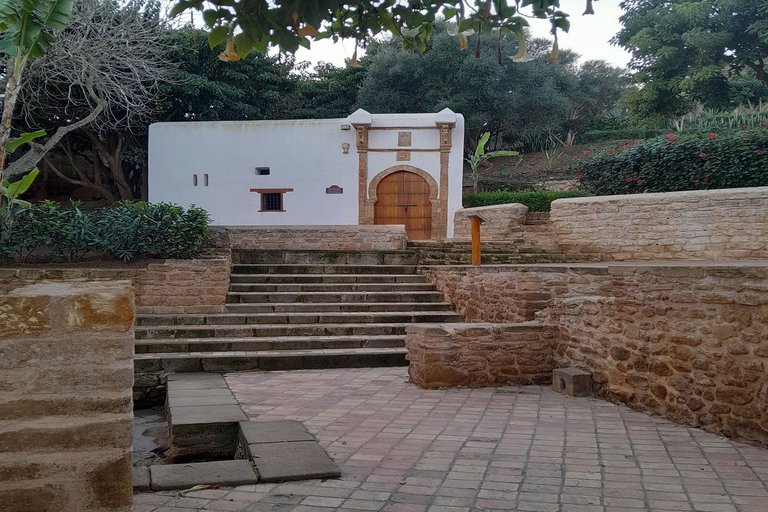
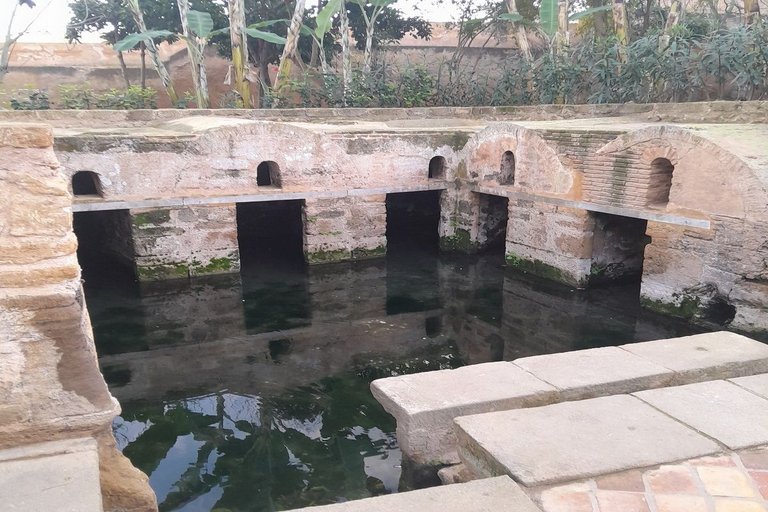
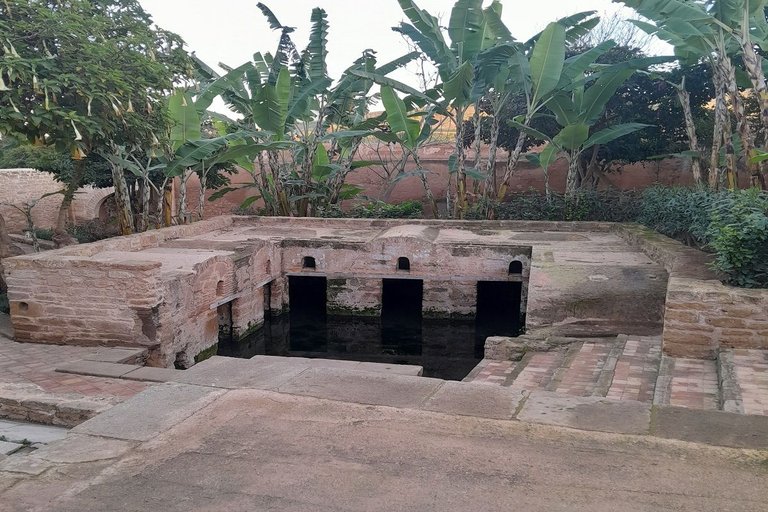
At the end of our visit I had a cup of coffee with my friend in a nice little restaurant inside the site, the place where the restaurant is located is famous for its storks, and afterwards we took a walk around the outside of the site next to the giant walls of Chellah, it was almost the end of the day and the light from the bulbs added an exceptional charm to the place! We ended up stopping to admire the panoramic view over the Bouregreg river, which separates the city of Rabat from its dirty neighbour!
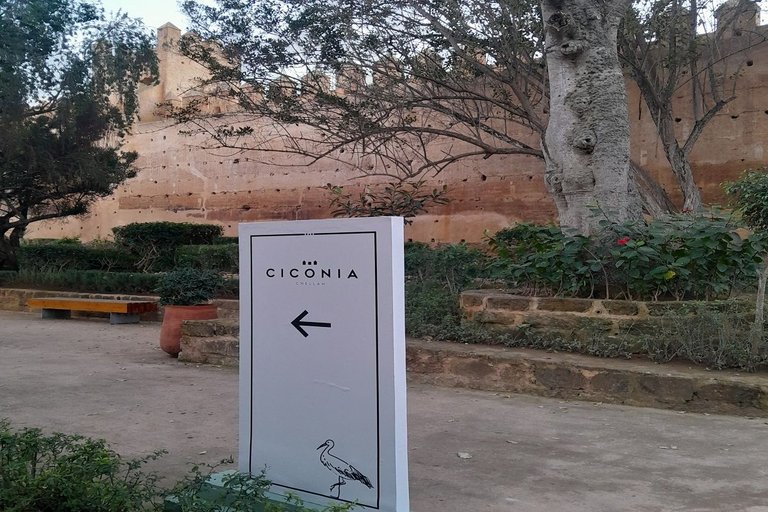
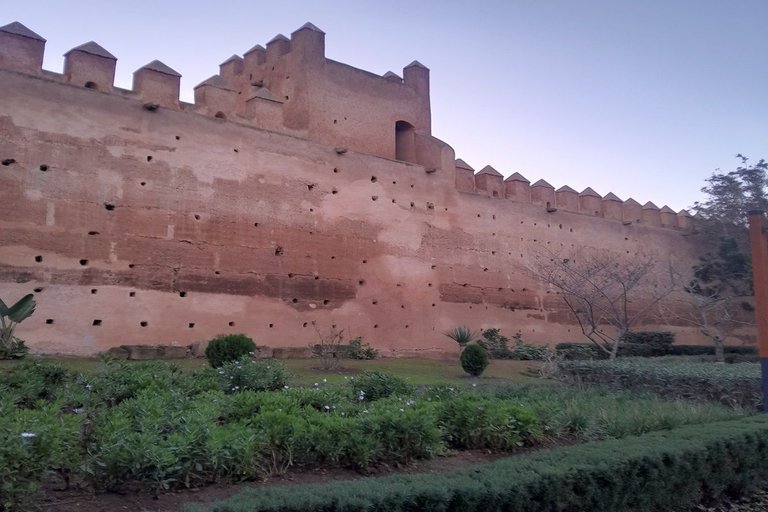
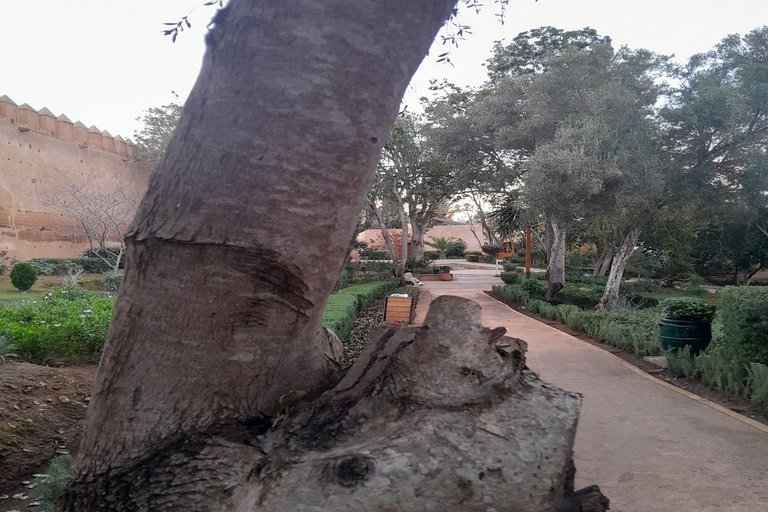
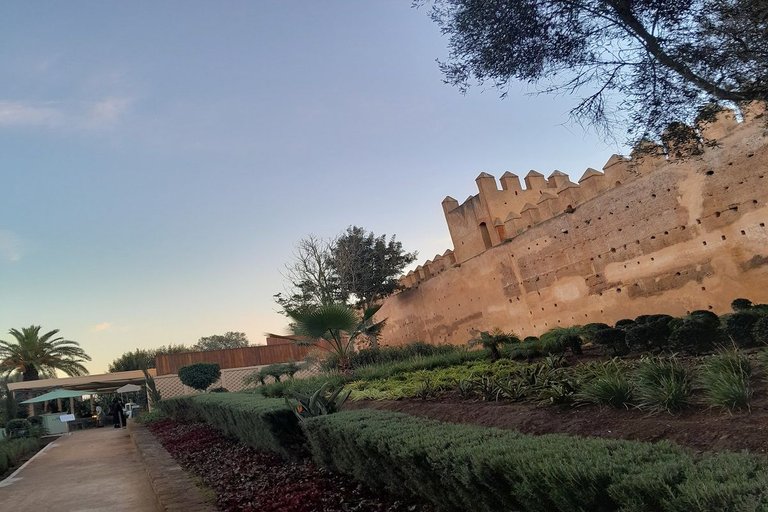
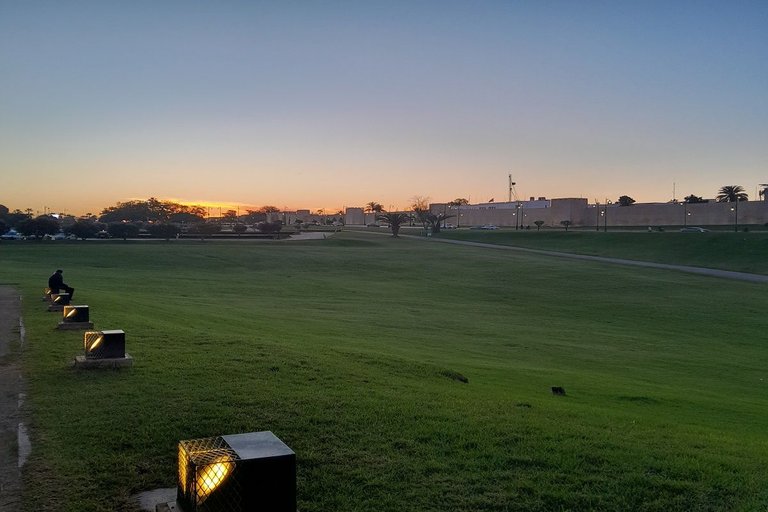
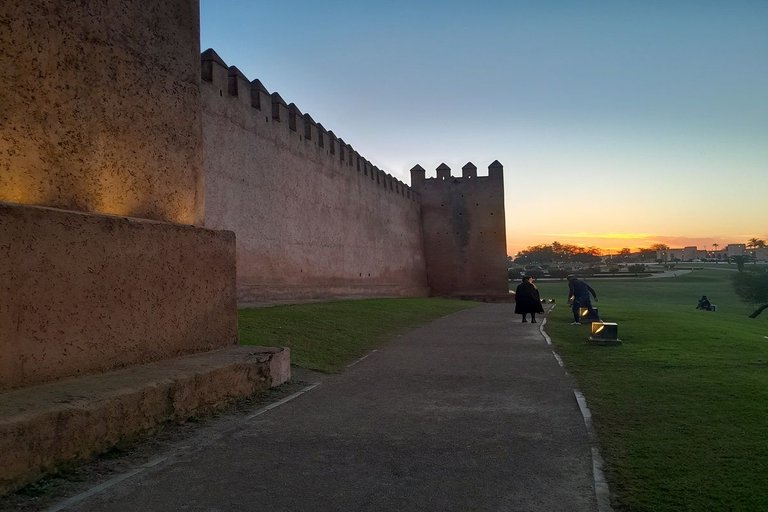

And so ends this unforgettable visit to Chellah, I hope you enjoyed it, thank you for taking the time to read and consult this post, I love looking at your impressions in the comments. Take care and happy new year 2025 full of joy and happiness!

Photos taken by my own phone (Samsung Galaxy A04s).

You can check out this post and your own profile on the map. Be part of the Worldmappin Community and join our Discord Channel to get in touch with other travelers, ask questions or just be updated on our latest features.
Travel Digest #2425.
Become part of our travel community:
- Join our Discord
Hiya, @lizanomadsoul here, just swinging by to let you know that this post made it into our Top 3 in Your post has been manually curated by the @worldmappin team. If you like what we're doing, please drop by to check out all the rest of today's great posts and consider supporting other authors like yourself and us so we can keep the project going!Happy New Year 2025, I loved how complete your post is. The truth is that this place is beautiful, we can appreciate it through your photographs. !PIZZA 🍕